Search results for 'yellow pigment paints'
-
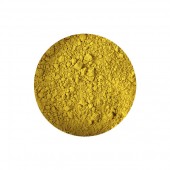
Yellow Ochre Pigment
Starting at: £4.00
-
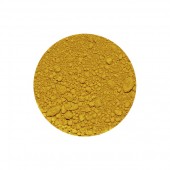
Mars Yellow Pigment
Starting at: £4.50
-
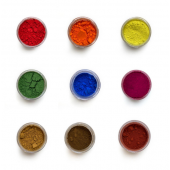
Small, 15ml Pigment sizes
Starting at: £4.00
-
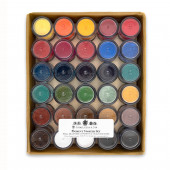
Cornelissen Pigment Set of 30 Colours
£130.00 -
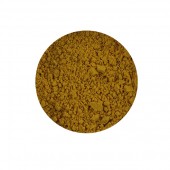
Stil de Grain
Starting at: £12.20
-
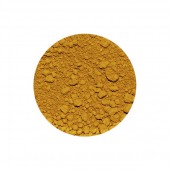
Golden Ochre Pigment
Starting at: £4.50
-
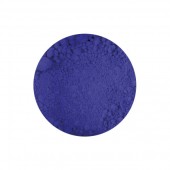
Cobalt Blue Pigment
Starting at: £6.50
-
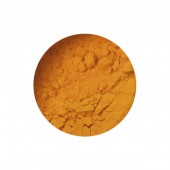
Gamboge Powder
Starting at: £5.20
-
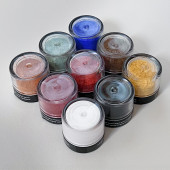
Cornelissen Iconographer's Pigment Set, with Aidan Hart
£41.00 -
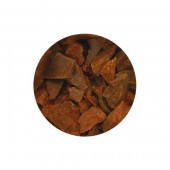
Gamboge Pipe Pieces
Starting at: £22.00
Call to Order
-
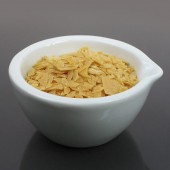
Carnauba Wax Yellow
Starting at: £6.50
-
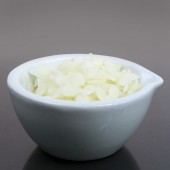
Bleached Beeswax
Starting at: £12.30
-
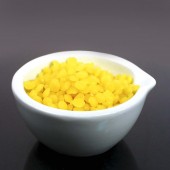
Natural Beeswax
Starting at: £11.20
-
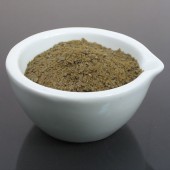
Carnauba Wax Grey
Starting at: £8.40
-
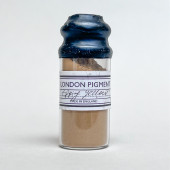
London Pigment, Epping Forest Yellow Ochre Pigment
£18.00Call to Order
-
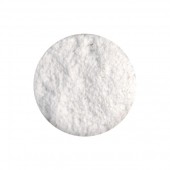
Flake White Pigment
Starting at: £18.75
Call to Order



